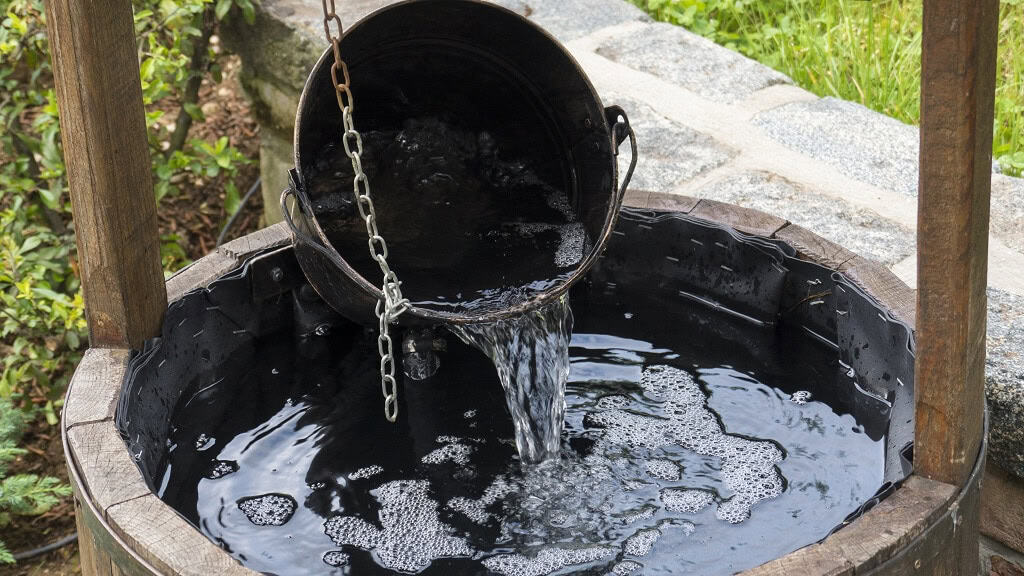Managing water resources efficiently is crucial, especially when dealing with low yield wells that can often suffer from over-pumping. Over-pumping a well can lead to numerous challenges, including diminished water quality, reduced well performance, and long-term damage to the aquifer. In this ultimate guide, we will explore strategies and measures to effectively manage and mitigate the effects of over-pumping in low yield wells, ensuring sustainable water use and well longevity.
This guide focuses on providing you with comprehensible and actionable advice tailored specifically to owners and managers of low yield wells. We’ll discuss technical solutions, preventive measures, and maintenance practices that can assist in handling the delicate balance of drawing water from low yield sources. Understanding these principles is critical in preventing the negative consequences that come with improper well management.
Understanding Over-Pumping
Over-pumping occurs when water is extracted from a well at a faster rate than it can be replenished by its aquifer, leading to various forms of well failure and aquifer depletion. This issue is particularly critical in low yield wells where the recharge rate is inherently slow. For more detailed insights on the impacts of over-pumping, consider visiting https://shop.knowyourh2o.com/blogs/news/over-pumping-well-water. It’s important to monitor your well’s output versus its recovery rates regularly to spot any early signs of over-pumping. Additionally, installing water level sensors can help keep track of water levels and alert you if the levels start falling too quickly.
Regular monitoring allows for timely adjustments to your water extraction practices. Sustainable yield estimates should be a central part of well management strategies to ensure that extraction does not exceed the natural recharge capacity of the aquifer surrounding your well.

Preventive Measures
Preventing over-pumping starts with understanding and controlling the demand placed on a low yield well. Implementing water conservation measures and efficient usage practices within homes or premises relying on such a well can significantly alleviate pressure on the well’s resources. Techniques include installing low-flow fixtures, repairing leaks promptly, and using appliances with better water efficiency ratings.
Diversifying your water source options by integrating rainwater harvesting or reusing greywater for non-potable uses such as irrigation can further reduce the dependency on the well during periods of peak demand or during drought conditions when aquifer recharge might be minimal.
Well Maintenance and Rehabilitation
Regular maintenance is crucial for extending the lifespan of any well but becomes even more critical for low yield wells susceptible to over-pumping effects. Periodic inspections should be conducted to check for mechanical failures, biofouling, or sediment buildup which can further restrict water flow.
If over-pumping has already caused damage or reduced output, well rehabilitation might be necessary. This process could involve techniques such as acidizing or fracturing the rock surrounding the well bore to increase water inflow rates. Engage with experienced hydrogeologists or well specialists who can offer tailored solutions based on your specific well characteristics and geographic settings.
Legal Considerations and Water Rights
Navigating legal frameworks regarding groundwater extraction must not be overlooked. Different regions have varying regulations pertaining to water rights and groundwater usage; hence understanding these legal parameters is essential. This knowledge will guide responsible water extraction practices which respect both legal standards and ecological considerations.
Contact local government agencies or water boards to ensure compliance with regulatory requirements. These resources often provide guidelines on sustainable aquifer management practices as well as restrictions during drought periods which are crucial for preventing over-extraction.
Technological Advances in Well Monitoring
Advancements in technology now allow for more sophisticated monitoring systems that provide real-time data about well performance and aquifer conditions. These systems play an integral role in preventing over-pumping by offering instantaneous feedback and enabling proactive management before problems become severe.
Technologies such as remote sensing, automatic shut-off systems triggered by critically low water levels, and predictive modeling tools are some examples that can enhance the management of low yield wells by predicting trends and preventing potential issues arising from over-extraction.
In conclusion, managing low yield wells sustainably requires a comprehensive approach that encompasses understanding the mechanics of over-pumping, engaging in preventive strategies, maintaining equipment appropriately, complying with legal standards, and leveraging modern technologies. Each measure contributes significantly towards safeguarding both your water resource and the environment.
Remember that each step you take not only extends the life of your well but also protects an essential natural resource. By implementing these guidelines judiciously, you will ensure that your low yield wells continue to provide safe and sufficient water without compromising their future viability or harming the surrounding ecosystems.


